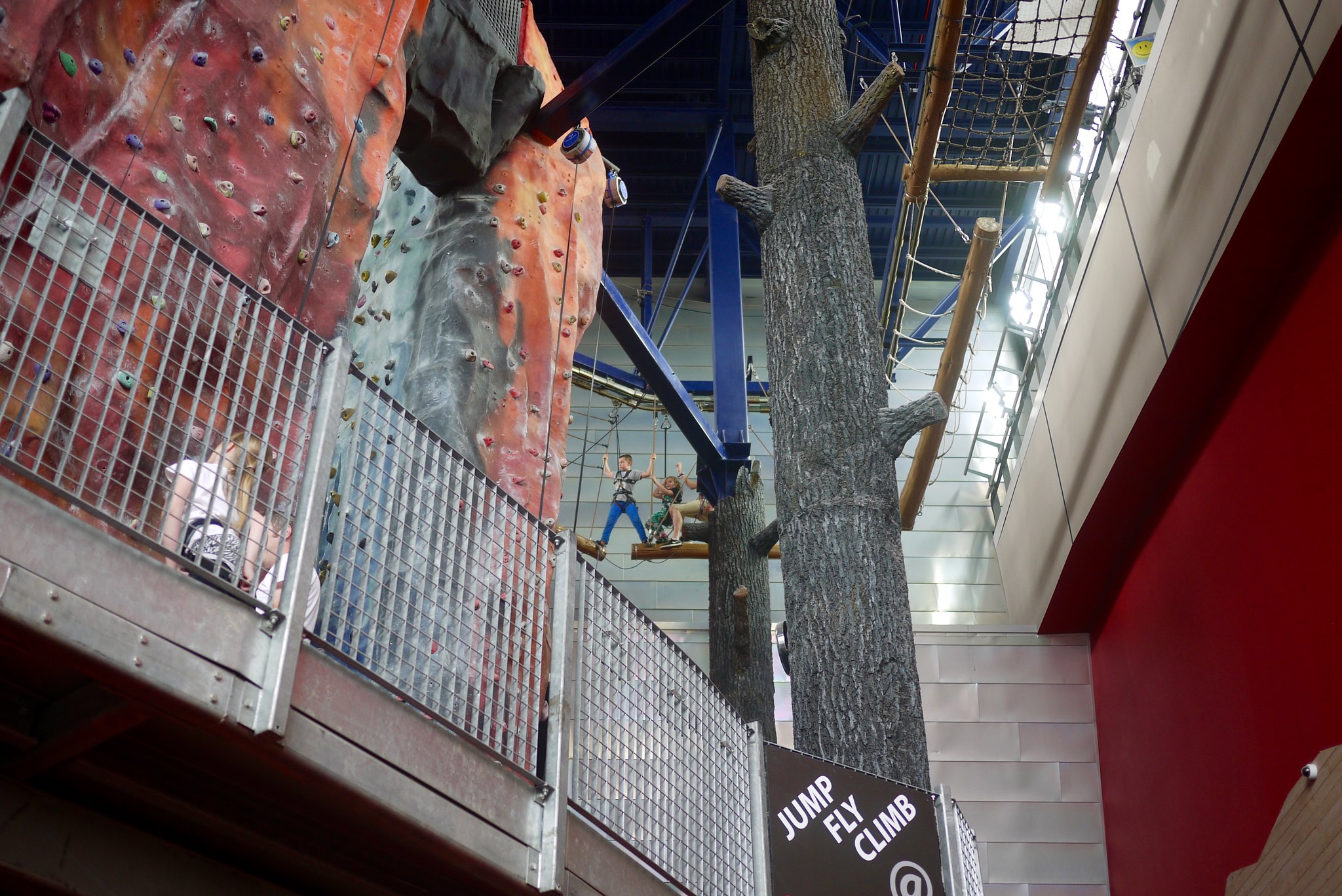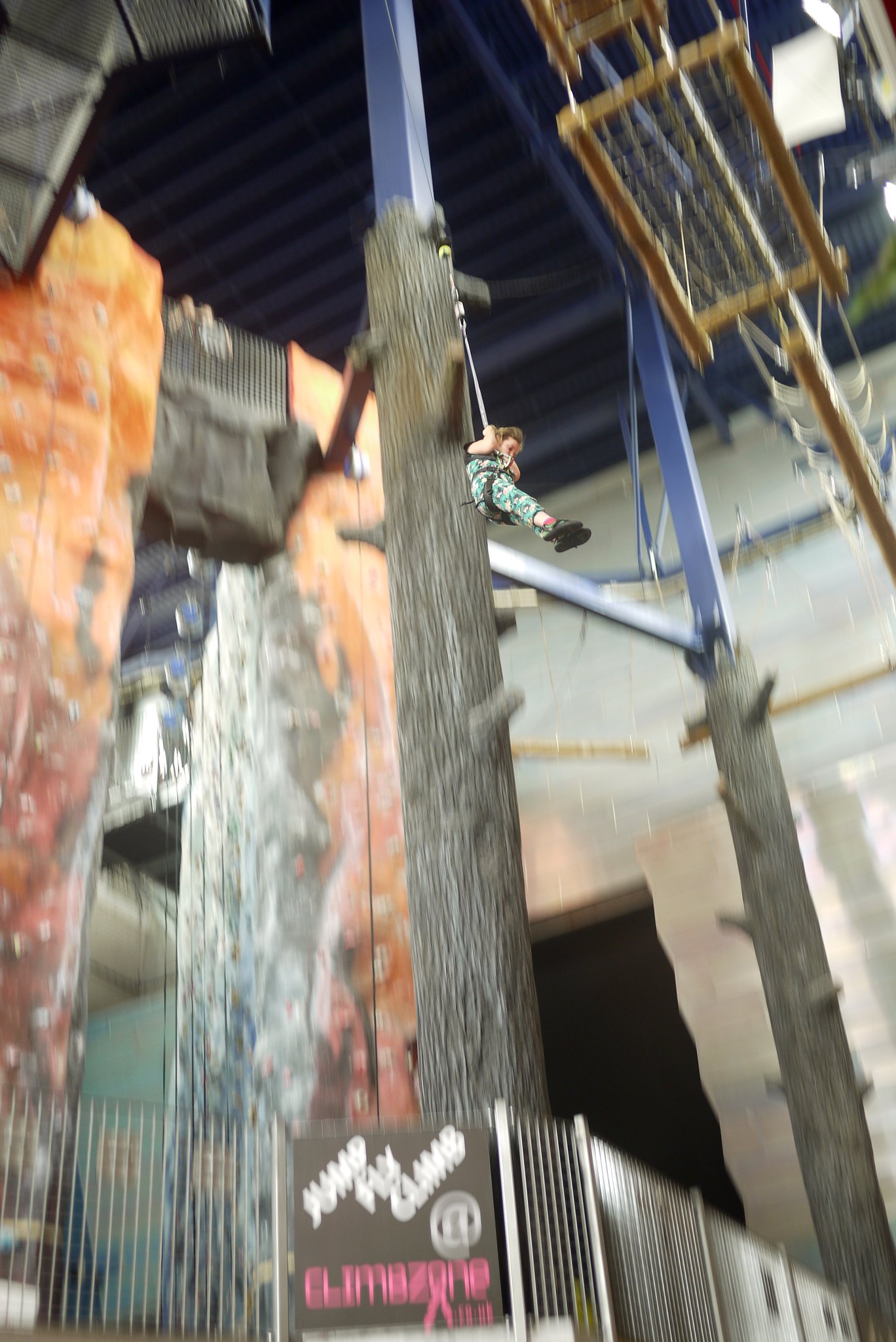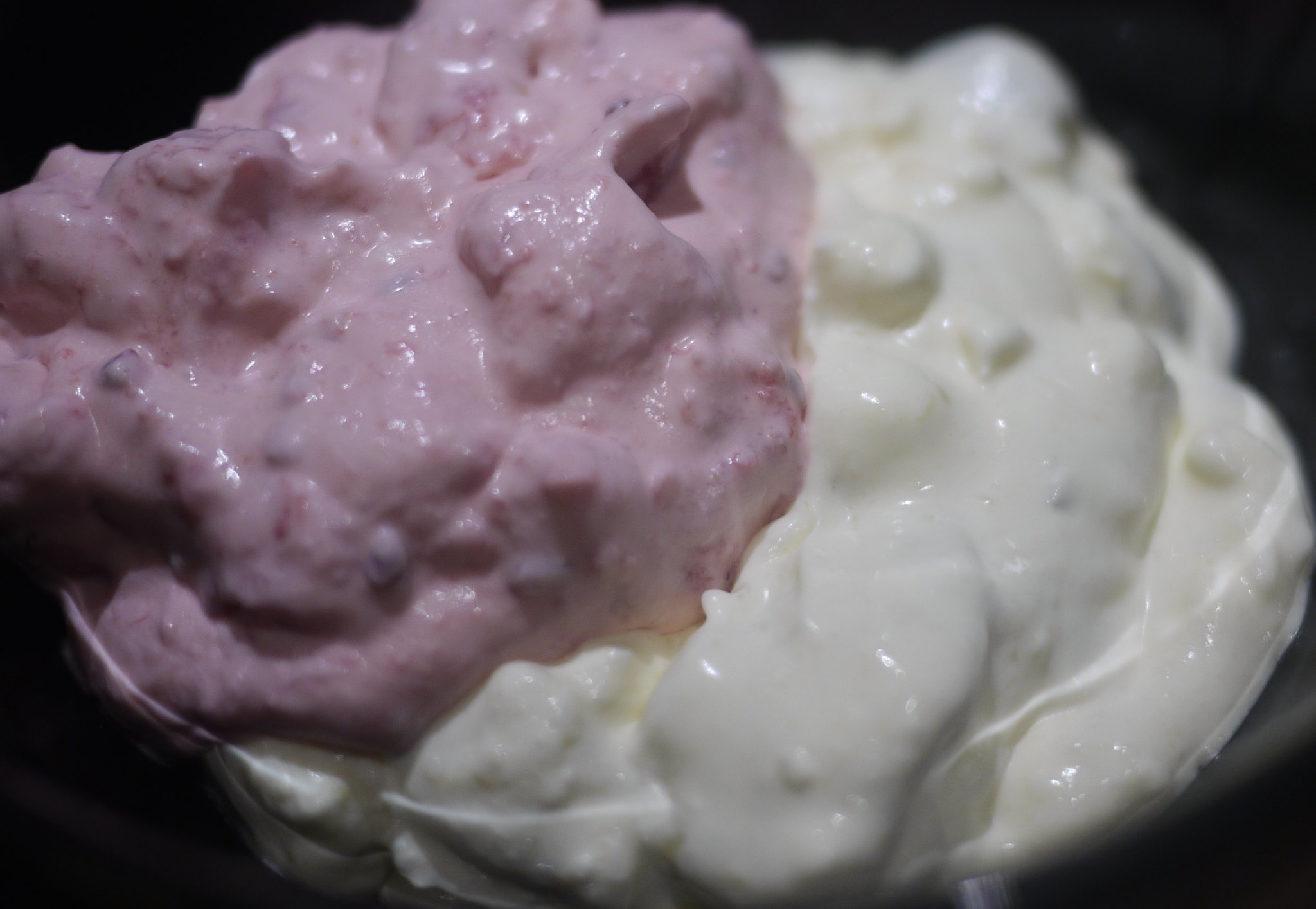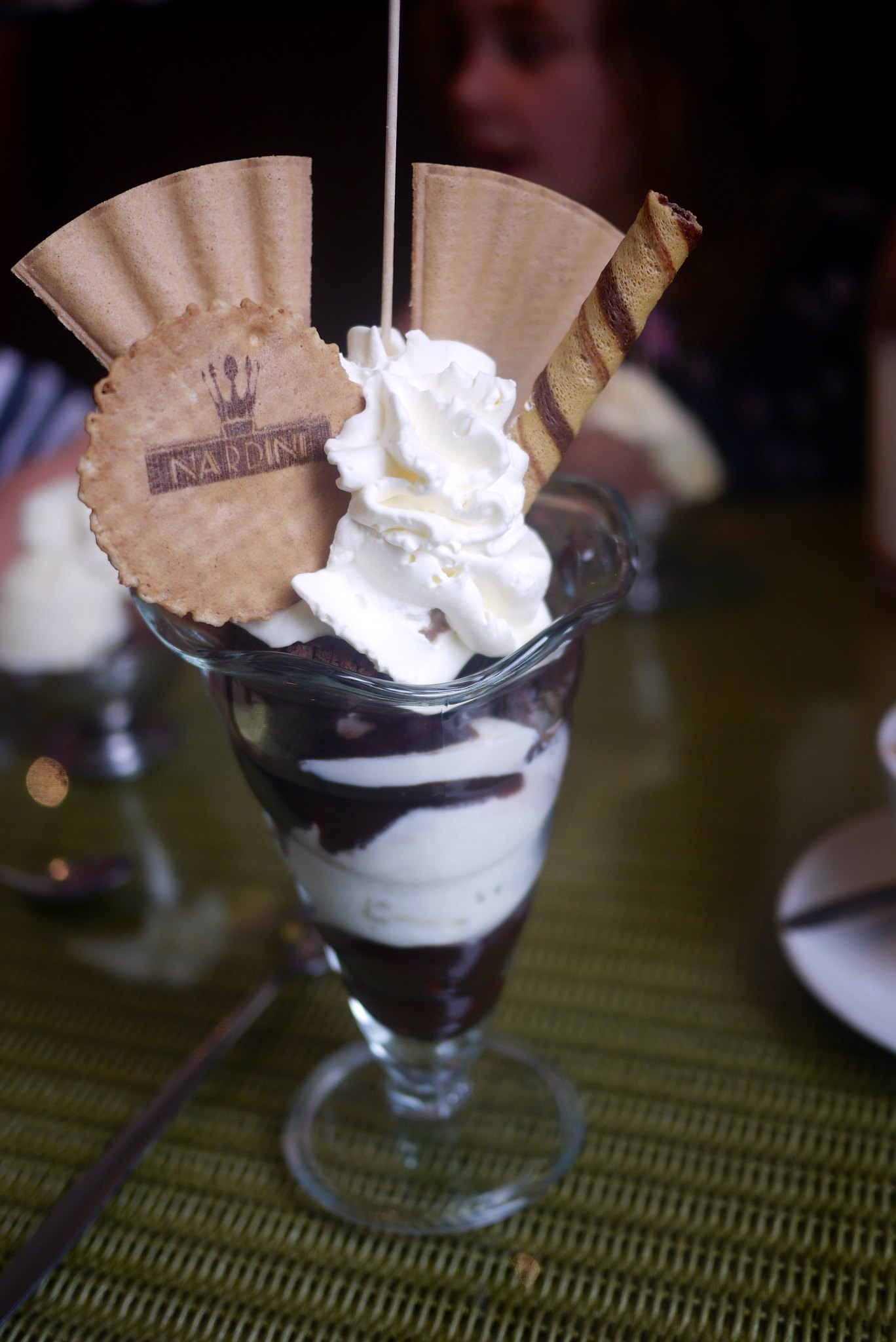I hope your 2018 is off to a good start... Round these parts we celebrated Hogmanay in typical rock 'n roll fashion by cleaning the house from top to toe, feeling less smug once said cleaning magically produced a massive pile of laundry to get through, and then finally sitting down to relax of an evening with Shaun of the Dead before ringing the bells in with the Beeb, while Mungo looked rather worried about whether or not the house-cleaning meant my mother was coming to visit.
But onto another review!
Landscapes of Cult and Kingship: Archaeology and Text
Roseanne Schot, Conor Newman and Edel Bhreathnach (Eds.)
This is both one of the most amazing and most frustrating books I've ever read.
It's amazing because it's a collection of essays that are pretty much all firmly dealing with my areas of interest, while it's frustrating because – and do excuse my language – there's absolutely no fucking way to actually own this book at the moment. And that doesn't look like it's likely to change in the near future as far as I can tell.
The good news (ish) is that some of the chapters are available online in pdf format, so you can get a taster for yourself (hopefully these links all work):
- The sacral landscape of Tara: a preliminary exploration – Conor Newman
- From cult centre to royal centre: monuments, myths and other revelations at Uisneach – Roseanne Schot
- Continuity, Cult and Contest – John Waddell
I mentioned in my last review, for Brian Lacey's Lug's Forgotten Donegal Kingdom, that I have a longstanding interest in exploring how the gods relate to the landscape and the people of pre-Christian Ireland (and Scotland and Man, of course, but they're not the focus here). This book is another one for the bookshelf if that's what you're looking for as well, though it concentrates less on the gods and more on what a ritual landscape really means and how it works (or, more to the point, how it might have). As a collection of articles that covers a broad selection of subjects relating specifically to cult and kingship, it's a very different book compared with Lacey's own, which has a far narrower focus.
There are plenty of familiar faces to be found contributing to this book, some of them like John Waddell and Brian Lacey have books I've previously reviewed, while others like Edel Bhreathnach are authors whose books I've yet to get around to reviewing, plus a few others who're on my wishlist (like this one). There are also some authors I've not heard of before, but for the most part they're all solid contributions. Out of them all I think there are only really two that didn't really blow me away – the first chapter, which just seemed to strike an odd tone, to me, considering the rest of the book, and a much later chapter, Marie Lecomte-Tilouine's "Imperial snake and eternal fires: mythified power in a Himalayan sacred site of royalty (Dullu, Nepal)," that had very little to do with anything Irish at all – I appreciated the striking similarities it suggests, but personally don't feel it's helpful to rely too heavily on a comparative approach.
I'll concentrate on some of the chapters that stood out to me the most here (though that by no means implies the others are less worthy of note... I just don't want to waffle on too much), and I'll start with Conor Newman's "The Sacral Landscape of Tara" as an especially thought-provoking contribution; while I sometimes struggled to keep up with some of Teh Big Wurdz and felt it relied on a comparative approach a little too heavily at times, I liked it because it gives an excellent overview of the subject but didn't shy away from offering an interpretation of what it all means, especially in terms of Tara as a ritual landscape. This means bringing together the historical traditions as well, like the stories of the Dindshenchas that relate to the area (not just Tara itself, but the broader complex of the Tara-Skryne valley), and I think that this is the sort of thing that's incredibly important to anyone who wants to try to reconstruct an ancient belief system – not in the sense of reviving an ancient concept of sacral kingship (tell me a hideous-looking hag sovereignty goddess came along and slept with you before transforming into a beautiful young maiden who then made you king and I'm going to think something's terribly wrong with your beer goggles, mm'kay?), but in the sense of how a landscape is seen in symbolic, ceremonial terms; how it's used, what it means, what it makes us see and think, how it helps channel the flow of our religious experiences and our senses on a personal and communal level... It's all deliberate, it all has a purpose.
This brings us neatly onto Bridgette Slavin article a couple of chapters later on, which is titled "Supernatural arts, the landscape and kingship in early Irish texts." Here she makes the point that since the landscape is experienced through our senses, and its form can be used to channel and shape our own sense of it, any change in the landscape therefore changes our perception of it, and how we relate to it. These changes are therefore significant, and this is true in a literal sense, but it's also something that's important in a literary sense, as we see in so many tales where the state of a king's reign is often reflected in the state of his kingdom around him. As Slavin adds, however, there is often a connection between the supernatural arts of the druids, filid and (later on) the saints, with that of the king; they act as a sort of intermediary between the king and the land, being both the king's protector, but also the human agent through which a king might ultimately meet his downfall (Cairbre's curse against Bres for his lack of hospitality, for example). This is a fascinating chapter and well worth a read, I think; it's a shame that this one isn't available online because it really does offer some great insights.
John Waddell's contribution builds on a similar sort of theme as Newman's chapter but with a broader scope, looking at the landscape as a whole (not just the Tara complex itself). He argues – convincingly, I think – that the landscape shouldn't be looked at in simple "ritual" terms, but in mythological and historical terms as well; the landscape, and the way it came to be used – as a ritual centre, as part of a mythological story, an expression of cosmology or cosmogony, as a legal, political boundary or centre – are all intertwined. Politics and religion are hard to untangle in pre-Christian terms, but as Waddell argues, this carried on well into the medieval period as well, precisely because it was so hard to untangle. He also gives some examples of how the gods in the landscape are used over time to articulate certain things; the continuing importance of Áine in the Knockainey area means that she crops up in prophecy poems that was intended to comment on certain political alliances in the thirteenth century, where she is still portrayed as a guardian spirit, if not goddess outright. He also points to an entry in the Annals of Tigernach where the poet Gilla Lugan describes the cause of a plague (spoiler: demons did it) based on information relayed to him personally by Óengus mac Ind Óc, son of the Dagda.* As Waddell himself comments, "There is no reason to suppose that the power of ancestors had diminished; if anything, they played as great a role as ever in the social and cosmological order of the tribal societies of the time." It seems the same goes for the gods, too, up to a point.
Roseanne Schot's exploration of Uisneach and its significance answered a lot of questions for me, and she focuses especially on the site's connections with fire as well as water, noting that the stories surrounding Uisneach itself often focus on origins – especially in terms of manifesting various "primordial waters." This has fascinating implications as far as the subject of creation myths go, but considering the frequent associations between rivers and sovereignty in general, it also brings up some food for thought in that area too. As Schot goes on to illustrate, it's no wonder that Uisneach also has associations with Lug. As Schot sees it, Lug is the "archetypal, omniscient 'king'," so his links with Uisneach, as a sacred centre, as well as a royal centre, make sense (but what about Núadu...?).
Lacey's chapter here, titled "Three ‘royal sites’ in Co. Donegal," is what prompted me to hunt out his book, and for the most part you'll find that they both complement one another nicely. To a degree this chapter is more of the same from the book itself, but that's no bad thing, really, since we get a bit more depth than the book itself has space for – especially in relation to the connection between Lug and local saints such as St Begley (Beag Laoch, meaning "little warrior" or, perhaps originally, Beg Lug, "little Lug"). It offers up some good food for thought for anyone who's interested in Lug, but the broader implications are fascinating too – if this happened to Lug, which other deities got the same treatment that we aren't yet aware of?
One more chapter bears a mention, and that's Elizabeth Fitzpatrick's (et al) "Evoking the white mare: the cult landscape of Sgiath Gabhra and its medieval perception in Gaelic Fir Mhanach," which gives a great overview of the whole horse controversy – the one where Giraldus Cambrensis described an inauguration ritual which involved the new king "embracing" a horse (yes, in that way) before killing it, bathing in its broth and then eating as much meat and drinking as much of the broth as possible. There's long been a debate on how accurate the description is; old Gerald certainly had an agenda and had no desire to be too complimentary about the Irish (he was reporting to the new Norman overlords, after all), so how far can he be trusted on this? Especially when it's unlikely that he ever actually witnessed such a ceremony himself. Some feel he went out of his way to describe as many lurid and frankly damningly barbaric details as he could possibly come up with. Others point to the similarities in the over all description with that of the ancient Vedic asvamedha ceremony, which suggests there may have been at least a grain of truth in Giraldus's description... Unfortunately it doesn't go into details about the significance of horses in Irish tradition (as they relate to sovereignty), but the chapter does go on to conclude that such a ceremony is unlikely to have taken place during the time of the Méig Uidhir inauguration ceremonies (from the thirteenth century), at least. It also goes on to describe another ceremony – the rite of the single shoe – which was used by various dynasties as a way of laying claim to the kingship; the shoe, being left at a certain spot, was meant to be symbolic of the claim the shoe's owner had to the succession.
On the whole this is a very academic book that I'm not sure has an especially mass appeal. In that respect I can understand that it's very niche, which probably explains its limited availability (print on demand, please?), and really it's not going to be of much help to the beginner – at first, anyway. Some prior knowledge of the subject would be useful, for sure. Nonetheless, I think it's an important contribution to the subject that would be complemented nicely by a number of volumes, some of which are – unfortunately – just as hard to get hold of now. That said, if you manage to get hold of Edel Bhreathnach's The Kingship and Landscape of Tara or Bart Jaski's Early Irish Kingship and Succession, Elizabeth Fitzpatrick's Royal Inauguration in Gaelic Ireland c.1100-1600: A Cultural Landscape Study, and Francis John Byrne's Irish Kings and High Kings, you're probably off to a good start.
* The Annals of Tigernach – T1084.4
A great pestilence in this year, which killed a fourth of the men of Ireland. It began in the south, and spread throughout the four quarters of Ireland. This is the causa causans of that pestilence, to wit, demons that came out of the northern isles of the world, to with, three battalions, and in each battalion there were thiry and ten hundred and two thousand, as Oengus Óg, the son of the Dagda, related to Giolla Lugan, who used to haunt the fairy-mound every year on Halloween. And he himself beheld at Maistiu one battalion of them which was destroying Leinster. Even so they were see by Giolla Lugan's son, and wherever their heat and fury reached, there their venom was taken, for there was a sword of fire out of the gullet of each of them, and evey one of them was as high as the clouds of heaven, so that is the cause of this pestilence.





